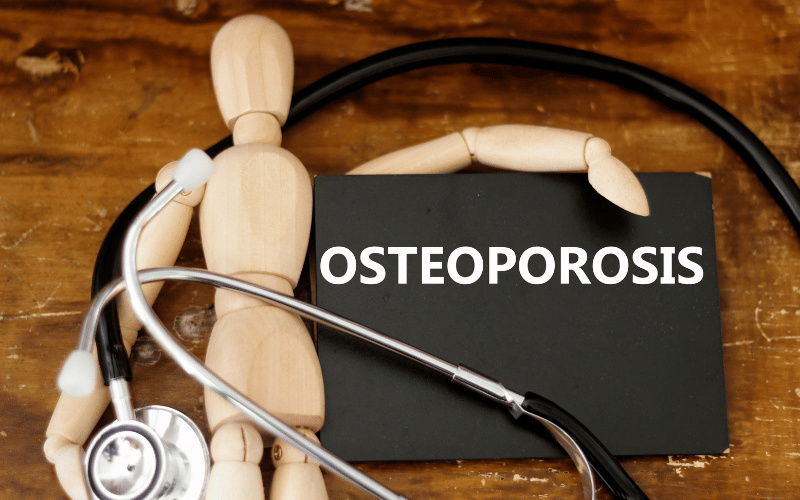Symptom 5: Brittle Bones and Osteoporosis

Copper is indispensable in bone formation and fortification. Involved in the development and maintenance of connective tissues, copper plays a role in the cross-linking of collagen and elastin. These components are essential for providing the flexibility and strength that bones need. A deficiency in copper leads to the inadequate formation of collagen, resulting in weakened bones, making them prone to fractures. The long-term consequence might even lead to a chronic condition like osteoporosis, where the bones become porous and fragile. Awareness of copper’s significance in bone health can lead to better prevention and management strategies.
Brittle bones often do not reveal themselves until a fracture or break occurs. This hidden nature makes it a tricky symptom to identify early on. People with a copper deficiency may experience fractures with minor trauma or even normal stress on the bones. Regular bone density tests can provide insight into the bone’s health, and understanding underlying nutritional deficiencies, such as copper, can lead to targeted interventions. Medical professionals may also look for associated signs like joint pain or a history of multiple fractures as clues to a potential underlying issue.
Having brittle bones can significantly impact both physical activities and emotional well-being. Simple tasks may become fraught with danger, leading to a fear of movement and a tendency to limit activities. This restriction can lead to a sedentary lifestyle, which further exacerbates health problems. Social isolation can follow, as individuals may withdraw from social gatherings and outdoor activities. The resulting emotional distress can lead to anxiety or depression. The interconnected nature of physical and emotional health in this context is a vital consideration in treatment.
Treatment for brittle bones due to copper deficiency is not a one-size-fits-all approach. It requires a combination of medical, nutritional, and physical therapies. Addressing the copper deficiency through dietary adjustments and supplements is a critical first step. Medical treatments for associated conditions like osteoporosis may be required, including medications that strengthen bones. Physical therapy and targeted exercises can help in rebuilding strength and confidence in movement. Personalized treatment plans that consider the individual’s lifestyle, preferences, and overall health are the most effective.
Prevention plays a paramount role in managing this symptom. Regular medical assessments that include bone density tests, understanding individual risk factors for copper deficiency, and maintaining a balanced diet that includes copper-rich foods are essential steps. Lifestyle interventions, such as weight-bearing exercises and avoiding excessive alcohol or smoking, can also support bone health. Education about the importance of copper in bone health and the potential risks associated with deficiency can empower individuals to take proactive measures. Community awareness campaigns and healthcare provider education can also contribute to broader prevention efforts. (5)